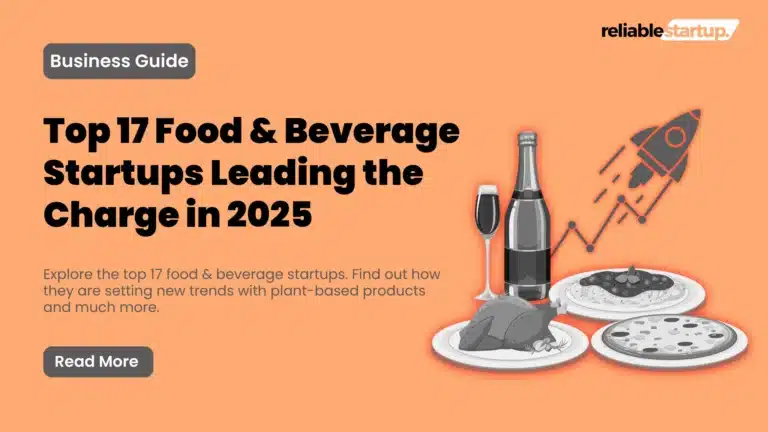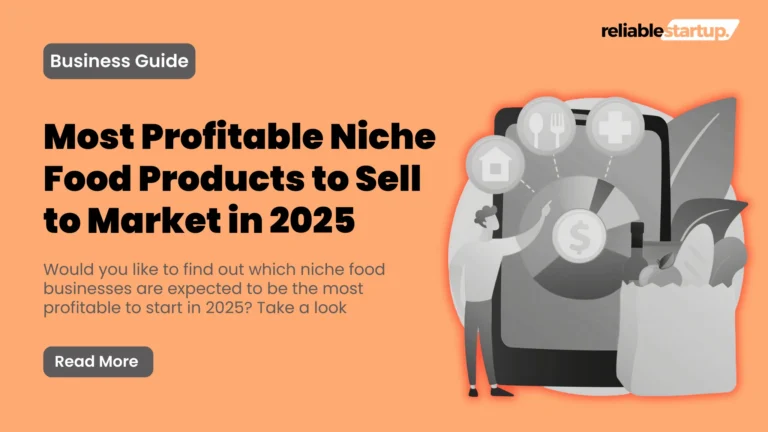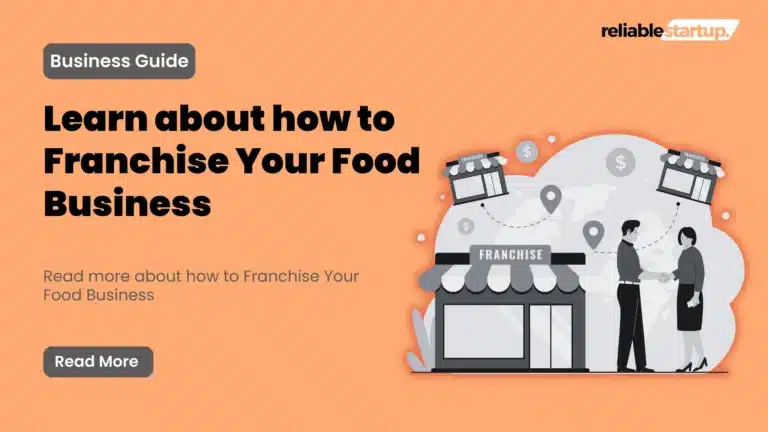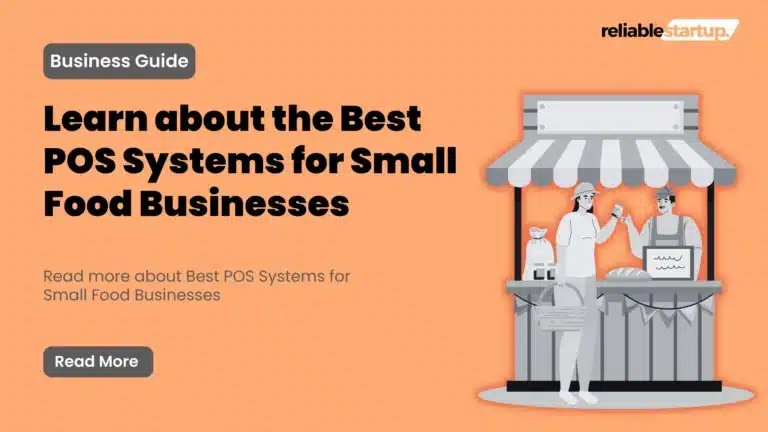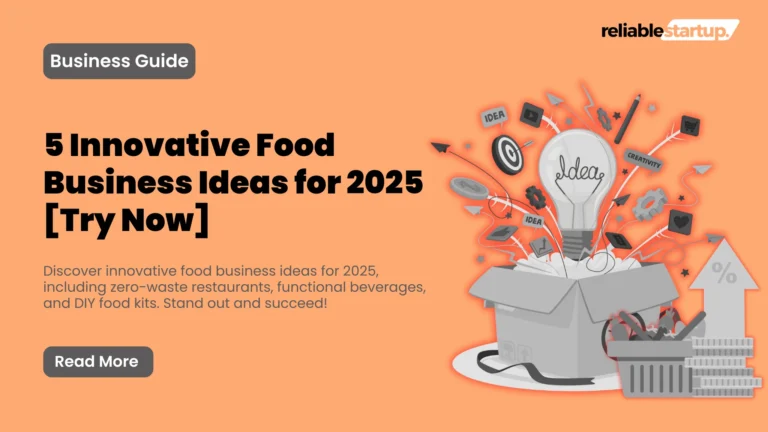Leveraging Food Influencers for Growth in 2025

Leveraging food influencers for growth is the best way to convince your target audience to buy your food products. They are the people who have the best taste buds, and people trust them.
They are the best drivers for food lovers. Why? Because the people trust their voice and reviews. That’s why influencer marketing for growing your food brand is the best way to increase your sales.
But how can you leverage food influencers to grow your business? That’s the main concern. But don’t worry! We have the solution.
This blog post will tell you everything about how to leverage food influencers for growing your business. You will also know what the strategies for influencer marketing are that can help you grow your food business.
So let’s get started.
What is influencer marketing?

Influencer marketing is when food brands team up with popular people online. These people share products with their followers on social media. Their posts feel like friendly advice, not pushy ads. People trust influencers more than regular ads these days.
But how can food influencer marketing help you grow your business?
Influencers show your food to thousands of hungry eyes. Their photos and videos make people crave your dishes. When they say your food is tasty, their followers believe them. This trust brings new customers right to your door. More people see your brand, so your name gets out there. Influencers can even help you reach food lovers in your area.
They create fun content that people love to share. This buzz gets people talking about your food online. Special offers shared by influencers can boost orders fast. However, you can track likes, comments, and new customers easily. It’s cheaper than old-school ads like TV or billboards. Even small food businesses can afford to try it out.
That’s why I recommended this method of marketing. But if you can afford it.
Also read: Understanding of Food Safety Regulations for Small Businesses
Successful strategies for Food Influencer Marketing

According to a report , 84.8% of brands say influencer marketing is effective. This means it has a huge impact on your business growth and can play a big role in promoting your brand.
However, after thorough research, we suggest the following strategies that will best promote your brand online:
1. Work with Micro-Influencers
Micro-influencers have small but loyal audiences. They bring 5x better engagement than big campaigns. Their followers trust their food recommendations more.
2. Show Off New Recipes
Recipe videos get people excited to try your food. So try to promote your recipes through social media influencers. Also include step-by-step demos that make your dishes feel easy to cook.
3. Share User-Generated Content (UGC)
Encourage fans to post their own food pics. This will increase your brand trust but will also involve your customers in your campaign.
4. Focus on Health and Sustainability
Try to write your scripts, which promote healthy and eco-friendly food. As influencers who talk about healthy food attract more customers and followers.
5. Run Fun Challenges
This is a new and unique way to engage your customers in your campaign. Send influencers a “mystery box” of ingredients. This will compel them to make videos with your products.
6. Use High-Quality Visuals
Visuals are the most important part of any online campaign. According to a report, 40% of people visit a restaurant after seeing great food photos .
So always put mouthwatering pics and videos to compel the viewers to come to your shop.
7. Pick the Right Platforms
Not every platform suits every business. So pick a social media platform that is best for your niche.
- Instagram is #1 for food influencer campaigns (57% of brands).
- TikTok is close behind at 52%.
8. Track Engagement, Not Just Sales
Most of the brands earn $6.50 for every $1 spent on influencer campaigns. This shows the power of influencer marketing. But don’t aim for engagement and likes; aim for sales.
9. Partner With Local Influencers
Local influencers will help you reach your local buyers. So try to leverage them as well. They know what’s trending in their area.
Also read: 8 Best Party Rental Business Ideas That You Can’t Miss
What are the most effective platforms for food influencer marketing

The following are the most effective platforms of leveraging food influencer for growth:
Instagram remains the leader, used by 57% of brands for its visual focus on food photography and recipe content.
Its hashtag-driven discovery (#Foodie, #FoodPorn) helps brands connect with niche audiences.
TikTok is essential for viral campaigns, offering 800M+ monthly users and trends like recipe challenges (e.g., Chipotle’s #GuacDance with 500M+ views).
Short, engaging videos appeal to Gen Z, boosting app-driven sales (e.g., Dunkin’s “The Charlie” drink increased app downloads by 57%).
YouTube provides depth with long-form recipe demos and reviews, ideal for detailed tutorials (e.g., Mallory Austin’s beef recipe campaign hit 6.2M+ views). Its 2B+ monthly users offer unmatched reach for evergreen content.
Influencer databases like AspireIQ, Upfluence, and Popular Pays streamline finding creators by niche (e.g., vegan/organic). These tools prioritize engagement over follower count, aligning with micro-influencers’ high trust levels.
Key Facts to Know About These Social Platforms
- TikTok excels for trends and younger audiences.
- Instagram dominates visual storytelling and local reach.
- YouTube suits educational, long-term campaigns.
- Micro-influencers (often found via databases) deliver authentic, high-engagement content.
For restaurants, local influencers on Instagram/TikTok drive foot traffic, while blogs offer SEO benefits.
But we suggest you mix all these platforms for different goals: TikTok for virality, Instagram for aesthetics, and YouTube for tutorials.
Also read: Easy Guide for Starting a Pet Food Business from Home
Benefits of Leveraging food influencers for growth

The benefits of food influencers are:
- Leveraging food influencers for growth boosts brand awareness by 66%.
- 83% of business owners say influencer marketing grows their company.
- Food influencers bring $18 ROI for every $1 spent.
- 70% of millennials buy food based on influencer recommendations.
- Leveraging food influencers for growth increases repeat visits by 22%.
- 82% trust micro-influencers for food and beverage suggestions.
- 67% of consumers purchase after seeing influencer promotions.
- Leveraging food influencers for growing your brand drives 74% to pick where to eat.
- 40% visit a restaurant after seeing influencer food photos online.
- Instagram is used by 94% of food marketers for influencer campaigns.
- Food influencers for growth increase social engagement fast.
- 84% of food brands plan influencer campaigns in the next year.
- Leveraging food influencers for growth is more cost-effective than ads.
- 83% of Gen Z trust influencer recommendations for food choices.
- Food influencer marketing helps brands stay top-of-mind.
- 57% of diners book reservations via social media platforms.
- Leveraging food influencers builds loyal customer bases.
Conclusion
So finally you have got an understanding about leveraging food influencers for growth.
But keep in mind. This is not suitable for every food business out there. You first know your target audience and your budget, then do influencer marketing.
It can bring some astonishing results, as we have mentioned above. But if you used it properly and with a strategy.
Want more information about business? Read our other blogs on different business ideas as well.
FAQs
How can food influencers help in building brand loyalty?
Food influencers foster brand loyalty by sharing authentic stories, engaging with followers, and consistently showcasing products, making audiences feel connected and valued. Their trusted recommendations and community-building efforts turn casual followers into repeat customers who feel emotionally invested in the brand.
How do food influencers impact consumer purchasing decisions?
Food influencers drive purchasing by providing relatable reviews, recipe demos, and exclusive offers. Their followers trust their opinions, with 70% of millennials buying food based on influencer suggestions. This trust and social proof directly influence where and what consumers choose to eat.
What are the best practices for collaborating with food influencers?
The best practices for collaborating with food influencers are:
- Choose influencers whose values and audience match your brand.
- Build long-term, transparent partnerships, involve them in content creation, and offer fair compensation.
- Encourage authentic storytelling, provide exclusive perks, and maintain open communication for successful, lasting collaborations.

